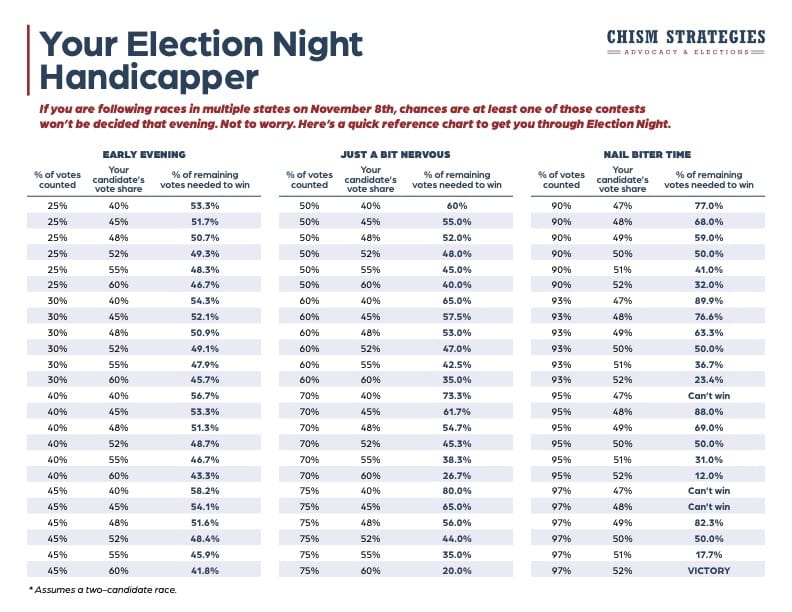Election Night is one of the most significant moments in any democratic process, where citizens eagerly await the results of their votes. It represents a culmination of months, or even years, of campaigning, debates, and discussions that shape the future of a nation. As the votes are counted and results trickle in, the world watches with bated breath to see which candidate or party will emerge victorious. This article delves deep into the intricacies of Election Night, exploring its importance, historical significance, and the impact it has on modern democracies.
Election Night serves as more than just a tally of votes; it is a reflection of the will of the people and a testament to the power of democracy. In many countries, it has become a cultural event, with millions tuning in to watch live updates, analyze exit polls, and celebrate or mourn the outcome. The atmosphere is electric, filled with anticipation and uncertainty as the results unfold.
Understanding Election Night requires an appreciation of its complexities, from the logistics of vote counting to the media coverage that shapes public perception. This article will provide you with a comprehensive overview of Election Night, including its history, key components, and the role it plays in shaping the political landscape. Whether you're a political enthusiast or simply curious about the democratic process, this guide will equip you with the knowledge you need.
Read also:Unveiling The Remarkable Journey Of Andrea Waters King A Beacon Of Inspiration
Table of Contents
- The History of Election Night
- The Logistics of Election Night
- Media Coverage During Election Night
- Key Events on Election Night
- The Process of Vote Counting
- Technology's Role in Election Night
- Challenges Faced During Election Night
- The Impact of Election Night
- The Future of Election Night
- Conclusion
The History of Election Night
Election Night has evolved significantly over the years, reflecting changes in technology, media, and societal norms. In the early days of democracy, results were announced days or even weeks after the election due to the slow pace of communication. However, with advancements in technology, the speed at which results are reported has increased exponentially, making Election Night a real-time event.
Early Days of Election Night
Historically, Election Night was a much simpler affair. Results were communicated through newspapers and word of mouth, often taking days to reach the general public. This delay meant that the anticipation and excitement associated with modern Election Nights were less pronounced.
Modern Election Night
Today, Election Night is a spectacle that captures the attention of millions worldwide. With live broadcasts, social media updates, and real-time data analysis, the experience has become more engaging and interactive. This transformation highlights the importance of Election Night in the democratic process.
The Logistics of Election Night
Behind the scenes, Election Night involves a complex set of logistics to ensure that results are reported accurately and efficiently. From ballot counting to data transmission, every step is crucial in maintaining the integrity of the electoral process.
Vote Counting Methods
Various methods are employed to count votes, including manual counting, electronic voting machines, and optical scanners. Each method has its advantages and challenges, influencing the speed and accuracy of the results.
Data Transmission
Once the votes are counted, the data must be transmitted securely to central locations for consolidation and reporting. This process requires robust infrastructure and strict security measures to prevent tampering or errors.
Read also:Exploring The Sweet Delights Of Rocky Road Ice Cream
Media Coverage During Election Night
Media plays a pivotal role in shaping the narrative of Election Night. Through television, radio, and online platforms, journalists and analysts provide insights, predictions, and updates that help the public make sense of the unfolding events.
Live Broadcasts
Live broadcasts are a staple of Election Night, offering viewers a front-row seat to the action. Networks invest heavily in graphics, expert commentary, and real-time data to enhance the viewing experience.
Social Media
Social media platforms have become a critical component of Election Night coverage, allowing citizens to engage with the process in unprecedented ways. From live tweets to viral videos, social media amplifies the voices of both supporters and critics alike.
Key Events on Election Night
Election Night is filled with key events that capture the attention of the public. From concession speeches to victory celebrations, these moments define the narrative of the election.
Concession Speeches
Concession speeches are an important tradition in democratic elections, where losing candidates acknowledge the victory of their opponents. These speeches often emphasize unity and the importance of moving forward as a nation.
Victory Celebrations
On the other hand, victory celebrations are a time for jubilation and reflection. Winning candidates and their supporters mark the occasion with speeches, parades, and other festivities, celebrating the hard-fought victory.
The Process of Vote Counting
The process of vote counting is a meticulous operation that requires precision and transparency. Ensuring the accuracy of the results is paramount to maintaining public trust in the electoral system.
Manual Counting
In regions where manual counting is still prevalent, election officials carefully tally each ballot, often under the watchful eyes of observers. This method, while time-consuming, provides a tangible connection to the democratic process.
Electronic Voting
Electronic voting systems have revolutionized the speed and efficiency of vote counting. However, they also raise concerns about security and reliability, prompting ongoing debates about their use in modern elections.
Technology's Role in Election Night
Technology has transformed Election Night in countless ways, from improving the accuracy of vote counting to enhancing media coverage. Innovations in data analytics, artificial intelligence, and cybersecurity have all contributed to a more informed and engaged electorate.
Data Analytics
Data analytics plays a crucial role in predicting election outcomes and analyzing trends. By processing vast amounts of data, analysts can provide insights that help shape public opinion and inform decision-making.
Cybersecurity
With the increasing reliance on technology, cybersecurity has become a top priority during Election Night. Protecting the integrity of the electoral process from cyber threats is essential to maintaining public confidence in the results.
Challenges Faced During Election Night
Despite the advancements in technology and logistics, Election Night still faces numerous challenges. Issues such as voter suppression, misinformation, and delayed results can undermine the democratic process and erode public trust.
Voter Suppression
Voter suppression remains a significant challenge in many democracies, with certain groups facing barriers to participation. Addressing these issues is crucial to ensuring that every voice is heard and counted.
Delayed Results
In some cases, delayed results can lead to uncertainty and speculation, fueling tensions and misinformation. Streamlining the vote-counting process and improving communication can help mitigate these challenges.
The Impact of Election Night
The impact of Election Night extends far beyond the immediate results, influencing everything from government policy to public opinion. Understanding its broader implications is essential to appreciating its significance in the democratic process.
Policy Implications
The outcomes of Election Night often shape the policy agenda for the coming years, as newly elected officials prioritize issues based on voter mandates. This can lead to significant changes in areas such as healthcare, education, and economic policy.
Public Perception
Public perception of Election Night can vary widely, depending on factors such as media coverage, candidate behavior, and the integrity of the electoral process. Ensuring transparency and fairness is key to maintaining public trust and confidence.
The Future of Election Night
As technology continues to evolve, the future of Election Night holds exciting possibilities. Innovations in data analytics, blockchain, and artificial intelligence could further enhance the accuracy and efficiency of the electoral process, while also addressing challenges such as cybersecurity and voter suppression.
Emerging Technologies
Emerging technologies such as blockchain offer promising solutions for enhancing the security and transparency of elections. By providing an immutable record of votes, blockchain could help prevent fraud and increase public confidence in the results.
Global Trends
Global trends in democracy, such as increased voter participation and the rise of independent candidates, are likely to shape the future of Election Night. Understanding these trends is crucial to adapting to the changing landscape of modern democracies.
Conclusion
Election Night is a cornerstone of the democratic process, representing the culmination of months of campaigning and the will of the people. From its historical roots to its modern-day complexities, Election Night continues to evolve, reflecting changes in technology, media, and societal norms. As we look to the future, it is clear that Election Night will remain a vital component of democracy, shaping the political landscape and influencing the lives of millions.
We invite you to share your thoughts and experiences in the comments section below. Whether you're a seasoned political observer or a first-time voter, your voice matters. Don't forget to explore our other articles for more insights into the world of politics and democracy.

.png?1654295325)
